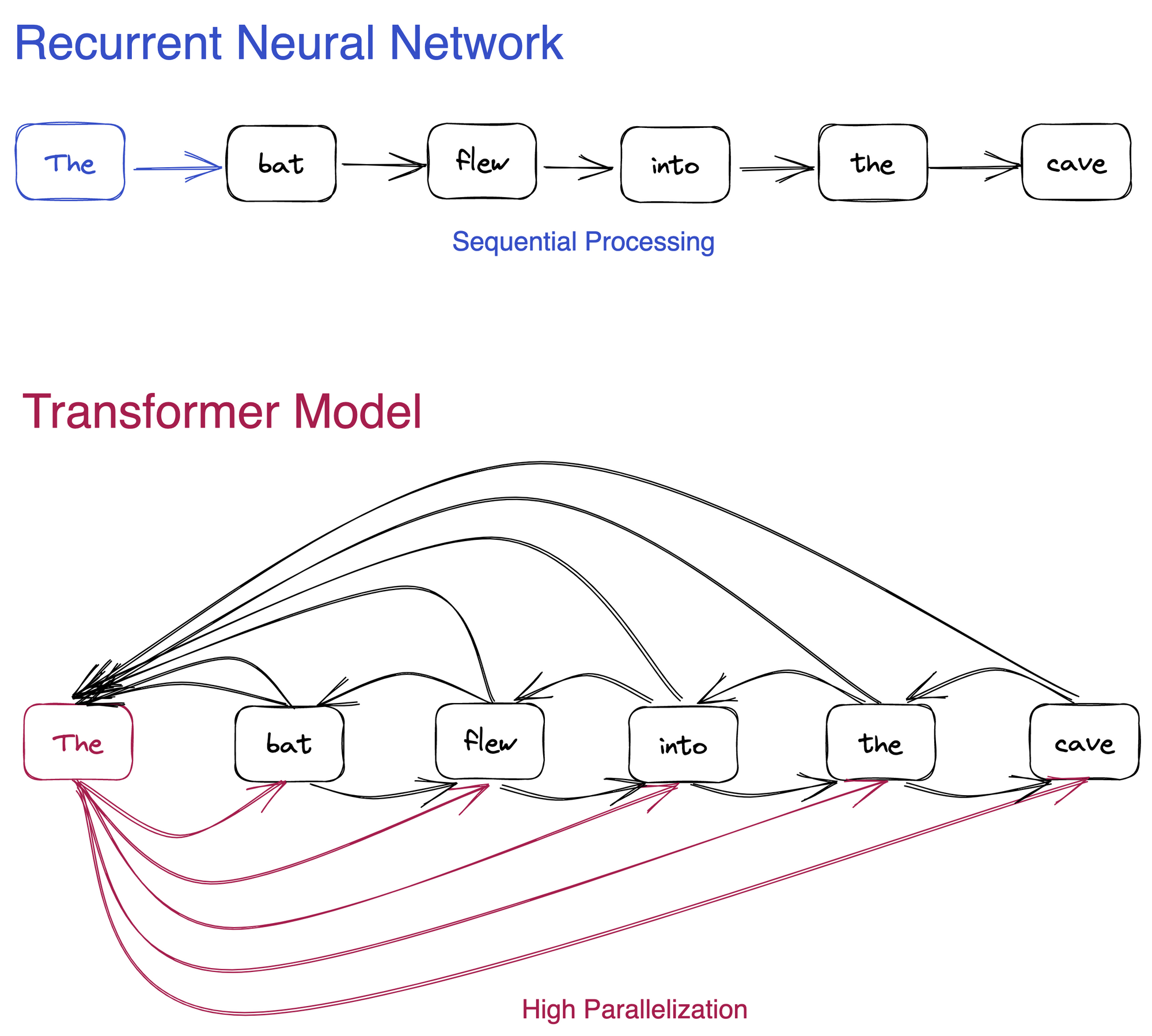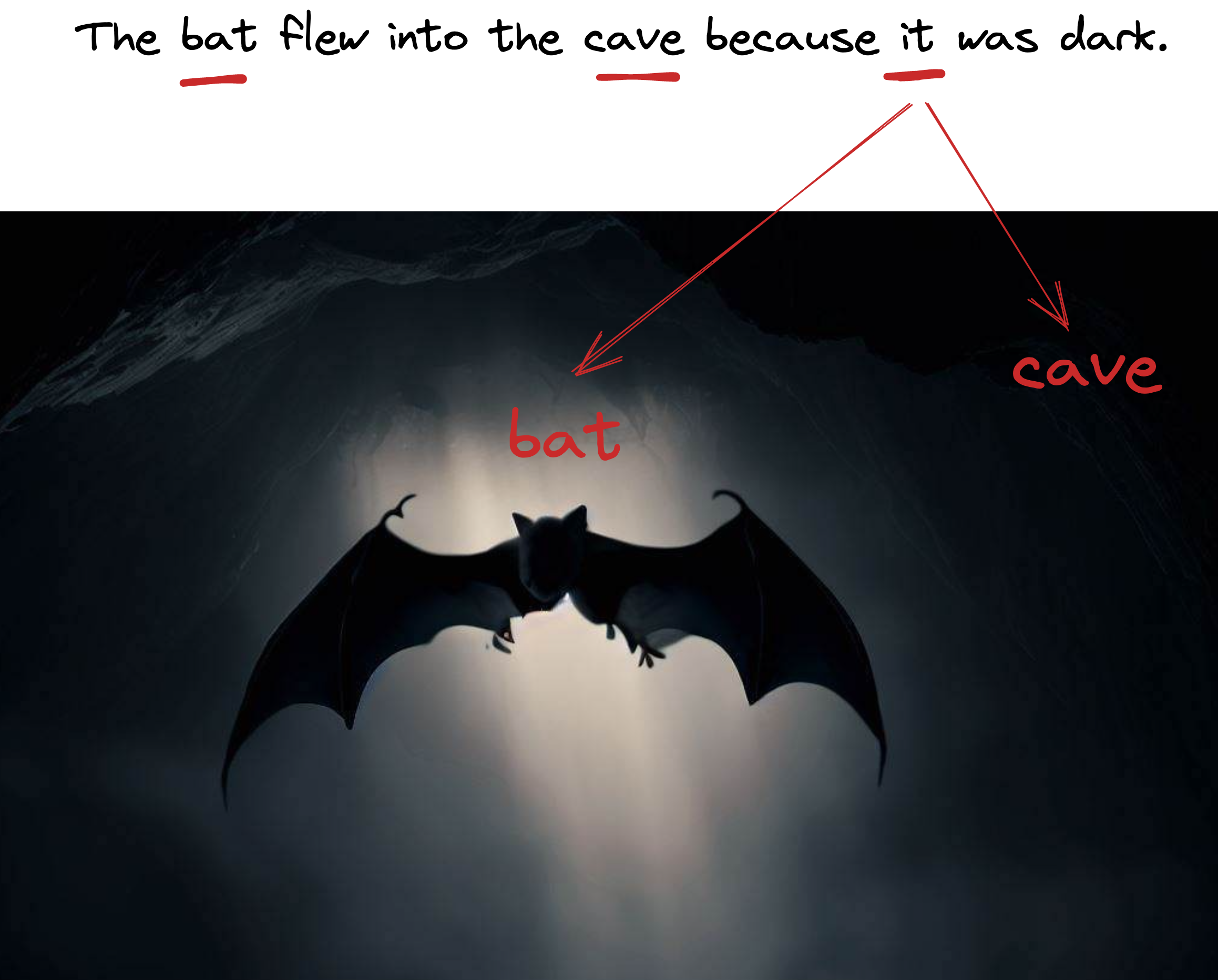Transformers Explained

The world of artificial intelligence (AI) has witnessed a paradigm shift with the emergence of transformer-based models, leaving an indelible mark on chatbots, virtual assistants, and content creation. Equipped with their advanced capabilities, have they not only changed the way we interact with machines, but also the speed and accuracy at which information is processed and delivered.
Transformers have taken the AI industry by storm, thanks to their unique architecture and innovative approach to handling sequential data. Unlike traditional recurrent neural networks (RNNs) and convolutional neural networks (CNNs), transformers employ self-attention mechanisms and parallel processing, enabling them to scale up and handle vast amounts of data with ease. Consequently, these models have outperformed their predecessors in a wide range of applications, including natural language processing (NLP), computer vision, and speech recognition.
Gone are the days of stiff, robotic interactions; today's AI-powered chatbots and virtual assistants are more human-like than ever before, providing personalized, context-aware responses and fostering meaningful conversations.
What Are Transformers?
Transformers have emerged as a revolutionary alternative to recurrent neural networks (RNNs) and convolutional neural networks (CNNs) for analyzing language. Before transformers, RNNs were the go-to model for language processing, but they had significant limitations when it came to handling long paragraphs or essays. Due to their sequential processing of words, RNNs struggled to retain information from the beginning of a text by the time they reached the end. Additionally, they were challenging to train and could not parallelize well, resulting in slow training and a limited amount of data.

The development of transformers has transformed the landscape of natural language processing by introducing a more efficient approach to language analysis. Unlike RNNs, transformers are based on self-attention mechanisms, which allow them to process multiple words at once and better capture context and relationships between words. This results in a significant improvement in the performance of language tasks, such as translation, text summarization, and text generation. With their ability to handle larger text sequences and parallelize well, transformers have also made it possible to train models on much more data, which has led to more accurate and sophisticated language models. In short, the emergence of transformers has marked a significant milestone in the field of natural language processing and opened up new possibilities for AI applications involving text generation, chatbots, and virtual assistants.
This Is What Changed Everything
This is where the transformer changed everything. Developed in 2017 by researchers at Google and the University of Toronto, transformers were initially designed for translation tasks. However, unlike recurrent neural networks, transformers could be efficiently parallelized, making it possible to train large models with the right hardware. The combination of this scalable model with huge datasets has resulted in unprecedented achievements in natural language processing.
One such example is the GPT-3 model (now recently replaced by the GTP-4 model), which is capable of writing poetry and code equally well and holding intelligent conversations. This model was trained on almost 45 terabytes of text data, including almost the entire public web, showcasing the potential of transformers.
Three Key Innovations
Transformers rely on three key innovations that have made them incredibly successful in natural language processing. The first is positional encodings, which involve assigning a number to each word in a sentence to represent its position. By storing information about word order in the data itself, transformers can better capture context and relationships between words. This innovation has made transformers easier to train than RNNs, which struggled with handling long sequences of text.

The second innovation in transformers is attention, a concept that has become ubiquitous in machine learning. The attention mechanism allows the model to focus on specific words in the input sentence when making decisions about the output sentence. The model can learn about grammatical rules, word order, and gender from data by looking at examples of sentence pairs in different languages. For example, when translating a sentence from English to French, attention can help the model determine which words to flip or modify to ensure the output sentence is grammatically correct.
However, the real innovation in transformers is self-attention, a twist on traditional attention. Self-attention enables the model to understand a word in the context of the words around it, which can help disambiguate words, recognize parts of speech, and even identify word tenses. For instance, in the sentence "The bat flew into the cave because it was dark.", self-attention can help the model understand that "it" refers to the cave and not the bat.

Together, these three innovations have made transformers a powerful tool for natural language processing. With the ability to handle vast amounts of text data and train larger, more accurate language models.
The emergence of AI transformers has ushered in a new era of technological advancements, profoundly impacting chatbots, virtual assistants, and content creation. As we continue to explore and unravel the full potential of these models, one thing is certain: the future of AI is here, and it is truly transformative.
About SIROC
If you need assistance or advice with data analytics, data engineering, or integrating ML/DL models into your business, don't hesitate to reach out to us at SIROC. We specialize in developing custom AI solutions tailored to your needs, such as forecasting models, recommender and decision maker models, as well as anomaly detection models.
Not only do we have an extensive collection of pre-trained in-house models, but we also collaborate with industry-leading partners such as OpenAI and Aflorithmic to deliver cutting-edge solutions to optimize and automate your business. Find out more about our products and solutions on our website.
